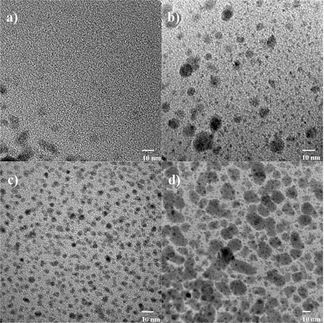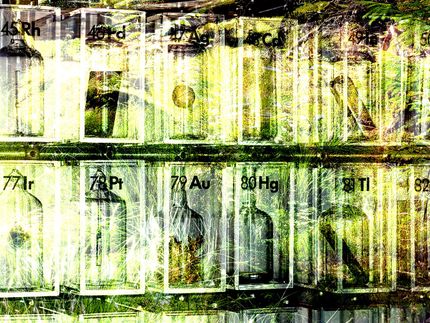DLR scientists investigate gigantic ash cloud after volcanic eruption
The Icelandic volcano Eyjafjallajökull has ejected large quantities of ash and sulphur dioxide into the atmosphere during its eruptions on 21 March and 15 April. Scientists from the German Aerospace Center (Deutsches Zentrum für Luft- und Raumfahrt; DLR) are evaluating satellite images to investigate the effects of the eruptions on the atmosphere.
Volcanoes as 'global air polluters'
"Volcanoes are 'global air polluters'. Gases and ash particles are frequently catapulted up to 15 kilometres into the atmosphere or higher. They are then transported by large-scale air currents, often over many thousands of kilometres," report atmosphere researchers Dr Michael Bittner of the German Remote Sensing Data Center (Deutsches Fernerkundungsdatenzentrum; DFD) and Dr Hans Volkert of the DLR Institute of Atmospheric Physics (Institut für Physik der Atmosphäre) in Oberpfaffenhofen.
With his team, Dr Bittner derives information from measurements performed by Earth observation satellites, such as the European MetOp-A and the American NOAA 19, which shed light on the shape and course of the gigantic ash cloud southeast of Iceland. For example, the instrument GOME-2 (Global Ozone Monitoring Experiment) on MetOp-A allows the observation of ozone in the atmosphere.
Satellite instruments reveal invisible gases
"GOME-2 also detects harmful gases that are invisible to the human eye - for example, sulphur dioxide," explains Dr Bittner. Using the satellite data, the scientists can determine the concentration of these gases in the air. Sulphur dioxide, for example, can remain in the atmosphere for a very long time. If it rises through higher layers of the atmosphere and into the stratosphere, this can damage the ozone layer.
"Volcanic eruptions have not only regional, but also continental or even global effects on the atmosphere. Ash particles do not only affect the safety of air traffic or the health of humans, they can also change the amount of solar radiation that reaches the ground," continue Drs Bittner and Volkert. Particularly fine soot particles could remain in the atmosphere for months and affect the temperature distribution. In addition, these soot particles can serve as condensation nuclei for cloud formation and thus likewise exert influence on the radiation balance.
"The satellite data provide little information on the eruption of the volcano," clarifies Dr Volkert. "However, the images give us crucial information about the direction and speed at which the ash cloud is spreading," he adds. It is still too early for an accurate assessment of the consequences of the Icelandic eruption. "In general, volcanic eruptions offer an opportunity to examine the propagation of trace materials such as sulphur dioxide, in detail. This was done, for example, in the 1990s after the eruption of Mount Pinatubo in the Philippines," explain the researchers.
International network for the study of the upper atmosphere
The ash clouds discharged by volcanos may also affect the higher air layers in the atmosphere, up to altitudes of about 100 kilometres. This mechanism is still relatively unexplored. For the current volcanic eruption, DFD has activated the international Network for the Detection of Mesopause Change. This network consists of 43 measuring stations in 21 countries and is coordinated by DFD in conjunction with the Schneefernerhaus Environmental Research Station in Bavaria. There are indications that the upper layers of the atmosphere are substantially more sensitive to climate change than the lower layers.
Most read news
Other news from the department science

Get the chemical industry in your inbox
From now on, don't miss a thing: Our newsletter for the chemical industry, analytics, lab technology and process engineering brings you up to date every Tuesday and Thursday. The latest industry news, product highlights and innovations - compact and easy to understand in your inbox. Researched by us so you don't have to.






























































